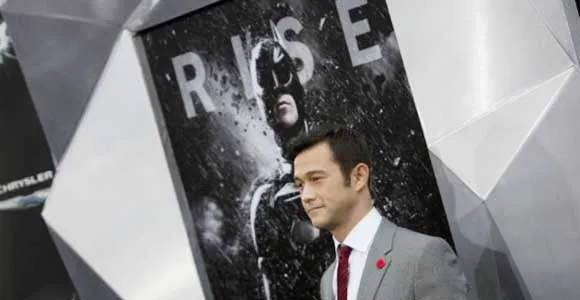Researchers from the Massachusetts Institute of Technology have found a link between problems with how dyslexics hear language and how the brain processes that information. Dyslexia is commonly regarded as a visual processing problem, with sufferers mixing up written letters and words. But, researchers now believe that the reading difficulty characteristic of dyslexia is merely part of a larger overall problem with how the brain processes language.
Published in the journal Science, the research led by professor of cognitive neuroscience John Gabrieli, and graduate student Tyler Perrachione examined the ability of people with and without dyslexia to recognize voices. The researchers asked participants to match a voice speaking in English and Mandarin to an avatar. Non-dyslexics were able to do this 70% of the time in English and 50% of the time in Mandarin. Dyslexics were only able to match the voice correctly 50% of the time regardless of language.
According to researchers, this shows that dyslexia is not a problem with sufferers gathering the correct meaning of words, but rather with processing the correct speech sounds. This may help explain why children suffering from dyslexia struggle to learn to read.
In addition to the problems posed by not visually processing the written words correctly, dyslexics are also struggling to connect the auditory sounds that words and syllables make with the written word. Listening to a parent or teacher sound the word out correctly may not be helpful for novice dyslexic readers.
This research is significant because it enhances scientists understanding of how the brain processes words. It suggests a greater interconnectedness between sound and sight when trying to understand language. This will guide further research into how dyslexics learn and how best to assist people struggling with the disorder.
(via The New York Times, photo via Flickr Maulleigh)








